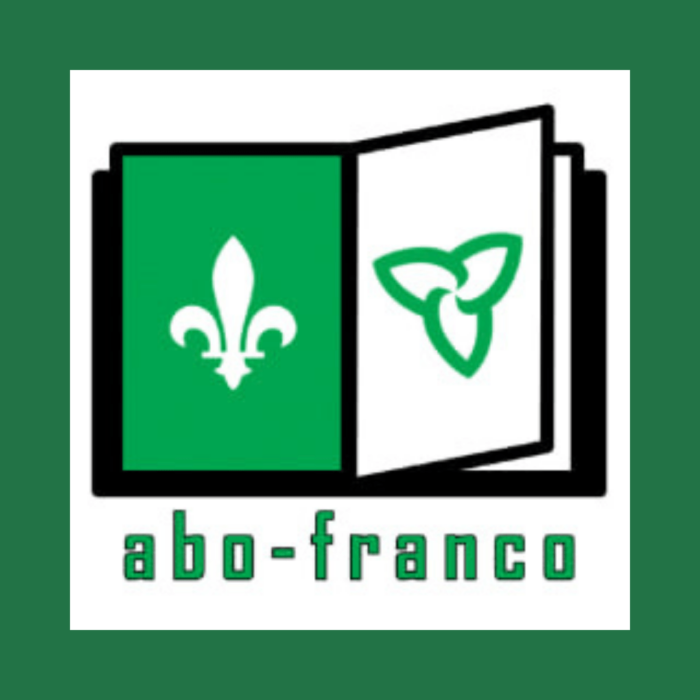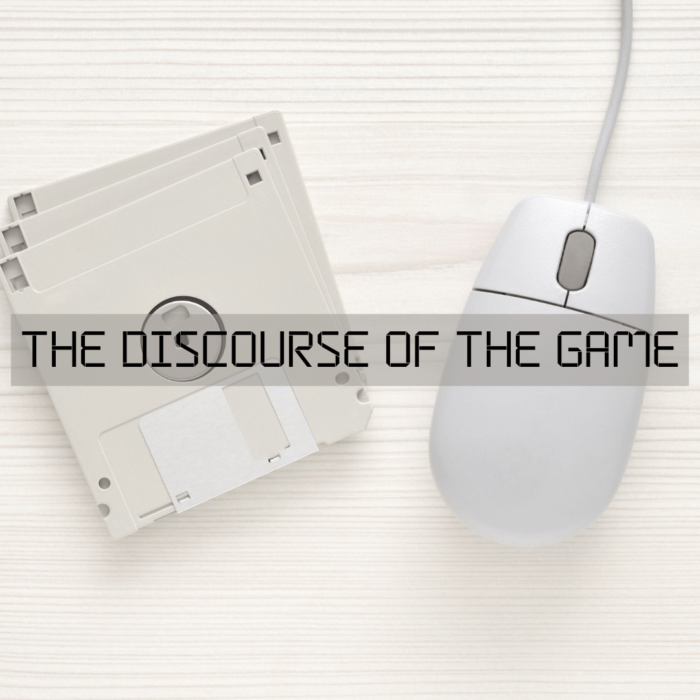Generative AI have sparked debates in higher education, especially after ChatGPT’s release in November 2022. However, an often-overlooked aspect is the emotional weight LIS professionals have noticed about this emergent technology.

The School Library: Where vs. Who
Where
If you asked someone to describe a school library, what would they say? I’ve been asking myself this question because of three things that have happened recently:
- Colleagues sending me pictures on social media of creative reading nooks and book trees
- The unending stream of students being sent down to the library during class time
- A visit from some teacher-librarian colleagues who were looking for ideas on how to transform their library into a learning commons. They had been specifically been instructed to look at furniture.
From these three examples, I think others would describe a school library as:
- a place to store books
- a place to send students to work
- a place that has well-designed, modern furniture
Who
If the school library is a place for storing books, supervising students and having learning commons furniture, do we really need teacher-librarians? Do any of the above require a university degree.
In his 2013 article “School Libraries and Student Achievement”, Ken Haycock asked a related question: “Do school libraries really make a difference?” The answer might surprise you. He found that a book warehouse, a supervised space and comfy furniture did not have an impact on student achievement. What he found was, we “are confusing school libraries with teacher-librarians … The impact is derived from the teacher-librarian.”
The Book Warehouse
Yes, we have and love books. Instead of report cards, teacher-librarians manage print and digital resources to be used by the entire student body and staff. We investigate what is coming out each publishing season, read reviews and books, talk to teachers about what their students need for reading and research, and make purchasing lists to best match those needs. I may not build a tree out of books, but I curate both print and digital resources so students are not overwhelmed by the sheer amount of information that is available to them today.
Still a Teacher 1
For a variety of reasons, teachers often send students from classrooms to the library to work. Some teachers understand that we may or may not be able to accommodate the students; others react: “But what else are you doing?” Sadly, despite many presentations, some staff no longer see me as a teacher. This is not a new problem. My predecessor struggled to convince other teachers that the library was her classroom.
This situation is unfortunate because when the classroom teachers co-teach with a teacher-librarian, student achievement increases by 20-50%. David V. Loertsher shares this result in his 2014 article, “Collaboration and Coteaching: A New Measurement of Impact” (Teacher Librarian 42:2). The article also describes the success and challenges of teacher/teacher-librarian collaboration. It echoes something I already know: I sometimes think it is fortunate that only a handful of teachers collaborate with me. I couldn’t juggle any more.
Yet there is something powerful when we reduce the teacher-student ratio from 30:1 to 15:1. When I work collaboratively with a classroom teacher, as a team, we are much better able to give descriptive feedback to students as they progress through their work.
If I’m ever asked to state what I do in a nutshell, I say: I co-plan, co-teach, co-assess.
Still a teacher 2
“Why do we need a library when we have Google?” a colleague once teased me. I love Google. Google is great. Google often helps me in my teaching.
For example, I’ve been asked to teach students how to create a YouTube video. Teachers are shocked when I turn to the class and say: “OK, go Google how to make a YouTube video.” Classroom teachers get stressed because it sometimes takes more time for students to find the answer by themselves, instead of me just telling them how to do it. But the most important 21st century skill is learning how to learn. If a student gets stuck at home, he or she now knows how to find the answer. Also, the students also don’t fall asleep as I lecture them about YouTube.
What a Teacher-Librarian does (and Google doesn’t) is we ask students:
- Are you using Creative Commons images and audio?
- Why should you?
- What are the consequences (for you and others) if you don’t?
- What are the exceptions?
- Where can you find good resources for Creative Commons images and audio?
Teacher-librarians often see the gaps students have and guide them over the bridge.
The Commons
The visit from my library colleagues who were looking for learning commons furniture made me realize how often we think about the library space over the library program. When teacher-librarians get together, we almost never talk about our day-to-day work. Instead, we are eager to see what the host librarian has done with his or her space and what kind of technology he or she has access to.
For me, the library learning commons is more pedagogical than physical. It is vital for all teachers to consider this question: How do we change instruction when most of what we traditionally taught (content, how to, facts) is now Googleable? How do we design assessments that allow students to co-create knowledge? How do we get students to take control over their own learning?
The Canadian Library Association’s recent document Leading Learning places the teacher-librarian at the forefront to answer these questions. In their “Standards of Practice for School Library Learning Commons in Canada” (page 8), teacher-librarians are to:
- Facilitate collaborative engagement to cultivate and empower a community of learners
- Advance the learning community to achieve school goals
- Cultivate effective instructional design to co-plan, teach and assess learning
- Foster literacies to empower life-long learners
- Design learning environments to support participatory learning
Only a person, and not a room, can carry out all these actions.
The School Library: My Definition
As we move to an increasingly digital, BYOD world, will people change their definition of a school library? Will the space cease to hold an importance? Teacher-librarians may worry that the loss of the room may mean the loss of their jobs. But as Ken Haycock has observed, the school library is really the teacher-librarian. This library consists of our:
- teaching program
- curation of resources
- and our learning design for the 21st century
Barbara McVeigh is a secondary school teacher-librarian with the Peel District School Board. She scribbles and pedals in her spare time. Continue the conversation with her on Twitter: @barbaramcveigh.
This Post Has 2 Comments
Comments are closed.



[…] Bringing Educators Together Nationwide. New Report from Scholastic Shows School Libraries Work. The South Carolina Study. The School Library: Where vs. Who | Open Shelf. […]
[…] TL Articles. The School Library: Where vs. Who | Open Shelf. […]